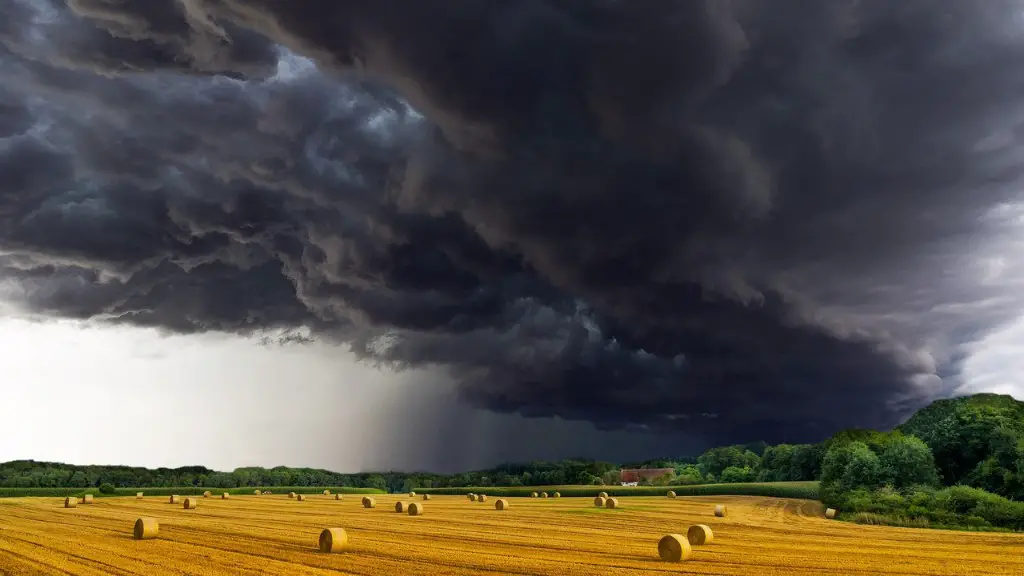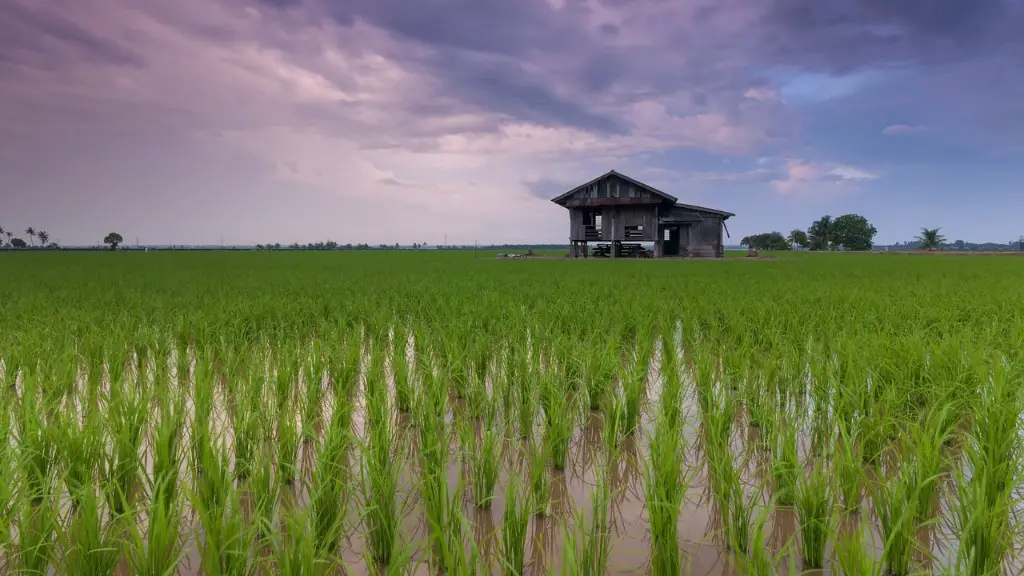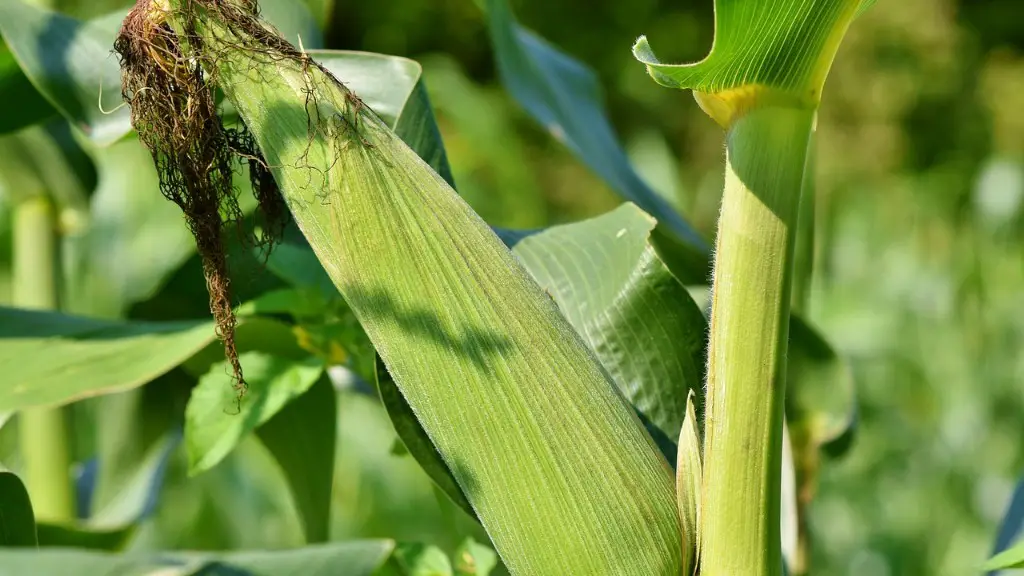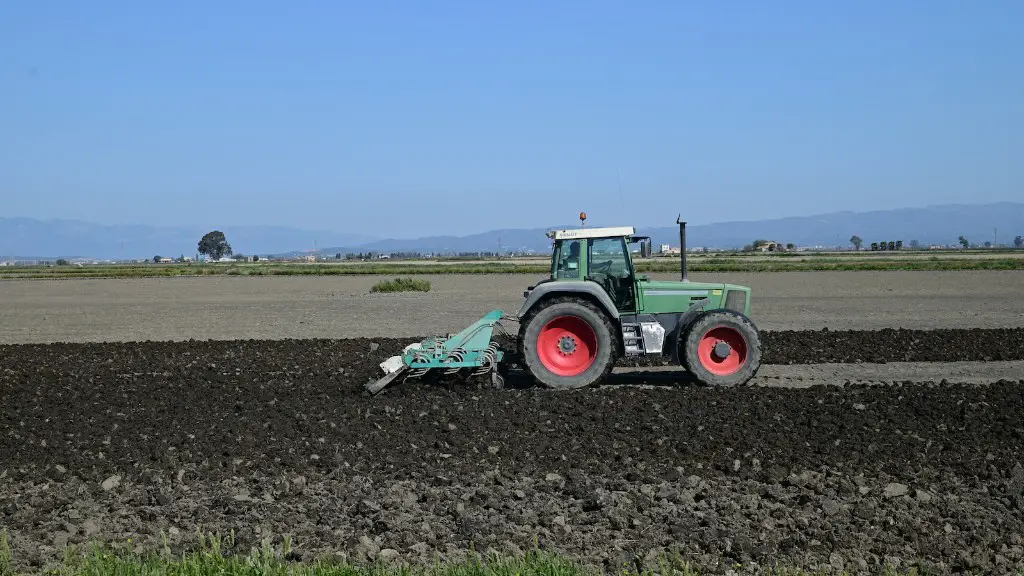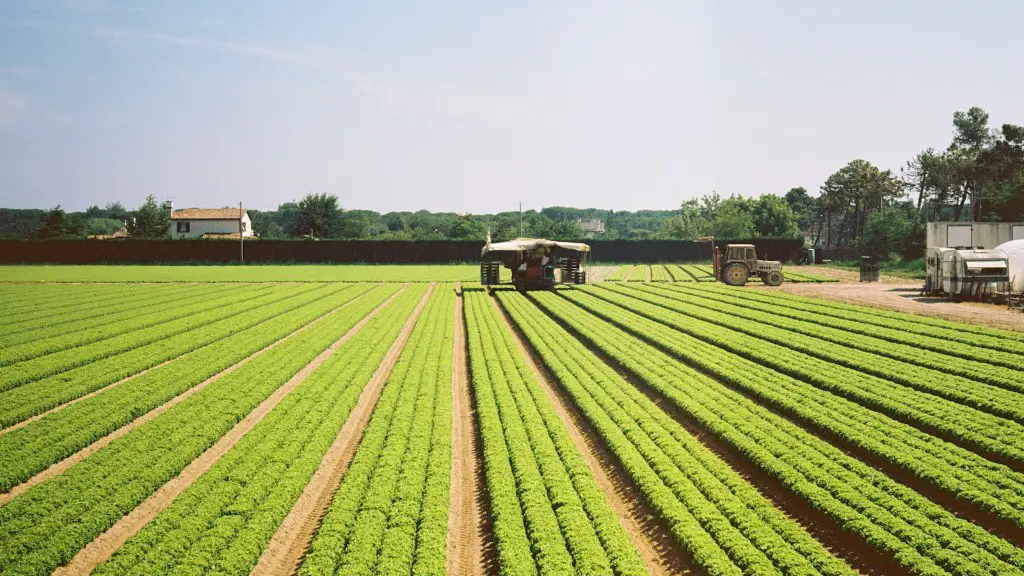Industrial agriculture had its birth in the 19th century when the planet held 2 ½ billion people.This period marked the birth of the mechanized harvesting of plants and the production of automated materials, such as fertilizer and pesticides.The measures stimulated by industrial agriculture have allowed expanded food production, while reducing its labor inputs and costs.This represents a tremendous accomplishment in human history as it allowed countries to break away from traditional food gathering societies and manage their own food production.
The advancements seen in industrial agriculture began around 1750 when crop field replaced pastureland and farms began to take advantage of industrial manufacturing of mechanized tools and machines.The existing technologies allowed efficient planting, harvesting and transportation of goods, cutting down labor costs required for extensive amounts of manual work.In the past, technology was largely used to create more powerful tools to cut down labor that was utilized in processing and fabrication activities.However, this period marked the beginning of unprecedented cost-saving reap associated with industrial agriculture.
In the mid-19th century, the first seed drills were invented in the United States to plant industrial crops.As the new farming techniques started to spread throughout the continent, the crop yields began to rapidly rise.This triggered a second stage of industrial farming that encompassed larger parts of the continent, with the application of controlled irrigation, the construction of roads, the use of fertilizers and the development of the chemical and food processing industries.These innovations were largely catalyzed by the discovery of sources of gas and oil, which opened the path to the production of synthetic fertilizers and pesticides.
By the early 20th century, industrial agriculture had become the norm in North America and Western Europe.The arrival of the automobile further pushed the reach of industrial agriculture, as these vehicles allowed for transport of materials over long distances, facilitating the introduction of modern transportation networks.Until the mid 20th century, most of the industrialized world had adopted industrial techniques and it was widely accepted as the norm.
The industrial agriculture that started in the 1800s had a significant impact on the agricultural practices.It brought efficiency and mechanization of processes into the industry and enabled countries around the world to rely on their own solutions to food production.Industrial agriculture continues to shape the way our food is produced today and its development is an accomplishment we should all appreciate.
Innovations in Livestock Farming
As industrial agriculture began to spread in the 19th century, so did innovations in livestock farming.The increased use of pastures and corrals, combined with the adoption of new animal breeding practices, saw an increase in the number, varieties and quality of meat produced.Also, new breeding technologies were developed in which animals were crossbred to improve their characteristics.These achievements allowed for a larger scale of production and increased yields of livestock.
As innovations matured, farmers began to use artificial insemination in animal husbandry and the development of chemical treatments under laboratory conditions.These treatments allowed livestock to be kept longer and with higher yields in a shorter period, blurring the line between traditionally accepted ethical practices and the industrial farming industry.The practice of confining animals throughout the development cycle, the process of genetically modifying the different characteristics of animals and the application of chemical-based treatments became the standard of industrial animal farming.
As science and technology have advanced so has the range and complexity of the techniques used in industrial livestock farming.The adjustment of animal diets based on individual needs, the implementation of nutritional supplements and the use of growth hormones are all part of the modern industrial animal farming industry.Today, industrial animal farms are capable of producing high yields in a smaller area of land than what could be achieved with traditional methods.This enables food producers to take advantage of globalized markets and satisfy the demands of a growing population.
Environmental Impact of Industrial Agriculture
The increased use of industrial methods for the production of food and raw materials has had a significant impact on the surrounding environment.The regular use of synthetic chemical treatments and its runoff over the years has seen an increase in the levels of pollutants in the soil and water sources.The large-scale expansion of agricultural lands has also reduced the number of natural habitats like wetlands and forests, leading to a decrease in biodiversity and an increased risk of natural disasters.
Moreover, the use of genetically modified organisms has caused unforeseen issues in the agricultural industry.The introduction of genetically modified crops has reduced genetic diversity in native food sources, while the introduction of animal breeds modified to grow faster has seen the emergence of animal diseases never seen before.The massive expansion of agricultural lands has led to water wastefulness, as water resources become scarce in some parts of the world.
Industrial agriculture has also taken a toll on the availability of traditional knowledge used for centuries by local communities.The industrial practice of utilizing machinery eliminates the need of manual labor, leading to the reduction of traditional methods and knowledge.This makes it harder for people in rural and indigenous communities to practice age-old farming methods, as well as transmit them to the next generations.
Animal Welfare and Industrial Agriculture
The advancements seen in industrial agriculture have drastically changed the way in which animals are housed and managed.In traditional systems, livestock have had access to open pastures, while the introduction of industrial agriculture has limited their space and the use of synthetic materials.In the modern factory farm, animals are sometimes kept in the same space for the entirety of their lives, often without access to outdoor spaces and fresh air.
The large-scale use of antibiotics and hormones on animals has also been a repercussion of industrial agriculture.The development of animal breeds resistant to disease, as well as the increase in the production of individual animals, have meant animals are often fed excessive amounts of antibiotics and hormones, leading to a potential health risk to consumers.The shortening of the lifespan of some animals has also meant their living conditions are inadequate.
Moreover, genetic modifications of animals have led to adverse effects on the welfare of these animals.The alteration of certain traits of animals, such as their heads, has caused physical consequences like breathing difficulties, problem during lactation and even early death.The modifications have also caused psychological distress to some animals, increasing the chance of them developing behavior problems.
Costs and Benefits of Industrial Agriculture
Industrial agriculture has brought a number of benefits to society in the way it has been able to efficiently grow and produce different agricultural products.By taking an industrialized approach to agriculture, more people can be fed and fewer people are needed to perform manual labor in fields.It also reduces the manual labor need, creating higher efficiency and allowing for more cost savings for producers.
However, it has also taken away traditional methods of production in certain communities.The rise of industrial agriculture has brought an increase in the use of synthetic materials, which are often more cost-effective although riskier to employ, potentially bringing more harm to the environment.The lack of traditional techniques, as well as the use of antibiotics and hormones, has also affected the welfare of animals kept in industrial farms.
Overall, it can be said that the advances in industrial agriculture have brought advances in efficiency as well as cost savings to producers.However, this has come at the cost of environmental damage and the welfare of the animals kept in these conditions.Considering the current global demand for food, industrial methods are likely to remain indispensable, yet care should be taken when employing these techniques to ensure that their drawbacks do not outweigh the advantages.
